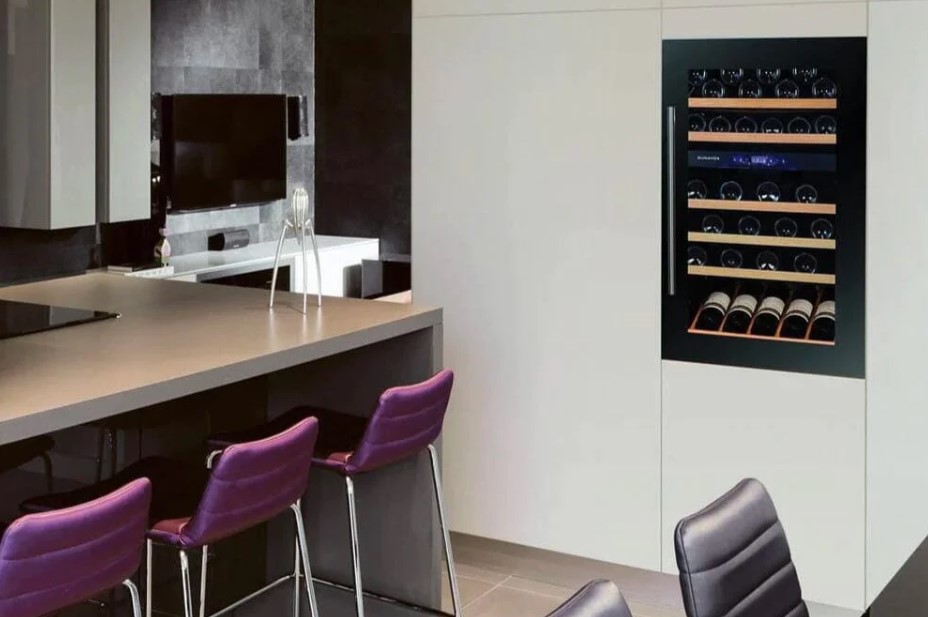
Many wines benefit from age, but storing your greatest bottles in the incorrect conditions can do more harm than good. This is when a wine fridge comes in handy. Wine fridges are meant to keep your wines in the best possible condition for long-term preservation, but how do you choose the appropriate one?
The ideal temperature for wine storage
The ideal temperature for long-term wine preservation is 12-18°C for both red and white wine. Maintaining this temperature without a wine fridge is challenging, and maybe equally important, wine fridges keep this climate consistently.
Temperatures for storing and serving are not the same. Temperature changes can impact the subtle flavors, so let your reds warm slightly and your whites chill before pouring.
Though your reds do not require to be at room temperature to taste their best, and the kitchen fridge is a little too cold to do a decent white justice.
Is it possible to merely utilize a bar fridge?
When shopping for the finest wine fridge, there are more factors to consider than when looking for the best normal fridge. Wine refrigerators differ from regular refrigerators in various ways. They’re designed to keep temperatures consistent between 12°C to 18°C, which is warmer than a standard bar fridge.
They’re also intended to control humidity (at roughly 70%), which your bar fridge cannot. While a bar fridge can be rough and ready equipment, wine fridges have been created to reduce vibration and come with designed wine shelves.
Thermoelectric OR Compressor
The cooling method of your wine fridge will influence both vibration levels and price. Because of their mechanical character, compressor-type wine refrigerators have higher vibration levels, but they are less expensive than thermoelectric fridges.
The debate over whether the vibration levels in a compressor-type wine cooler are significant enough to impair the flavor of your wine continues.
Temperatures are also more stable and controlled with thermoelectric refrigerators. While the thermoelectric cooling method is vibration-free, you will still experience some vibration from the fan, but to a much lesser level than with a compressor.
Will you store your wine in your wine fridge or serve it?
Most wine fridges are purchased for long-term cellaring, but if you want to serve directly from your wine fridge, seek one with multiple temperature zones. These usually have a separator between portions that allows you to keep bottles at various temperatures in various regions of the fridge.
Will your wine be displayed or stored?
Consider where you want the wine fridge to go and how much space it will require. Models might be as tiny as 85cm high (to fit under a kitchen bench) or as tall as a full-sized fridge.
A wine fridge put beneath your benchtop or in your cabinets may be a wonderful focal point if you’re upgrading your kitchen or outdoor gathering area, and there are various varieties that allow for combined installation.
What size do you require?
Wine refrigerators range in size from a few dozen bottles to many cases. Choosing the appropriate capacity refrigerator for your wine collection should be the first step in your decision-making process.
If room and price allow, choose a little larger capacity, because once your wine collection is in your new fridge, you may want to add to it. Of course, before you buy a new refrigerator, be sure it will fit in your home!
Final Remarks
Wine refrigerators range in price and type, from units that cost less than a single case of wine to premium goods that cost several thousand dollars. Price, as with other appliances, is typically determined by size and quality. Aside from capacity, the price you should pay will be determined by the quality of the wines you intend to store and the length of time you intend to store them.
